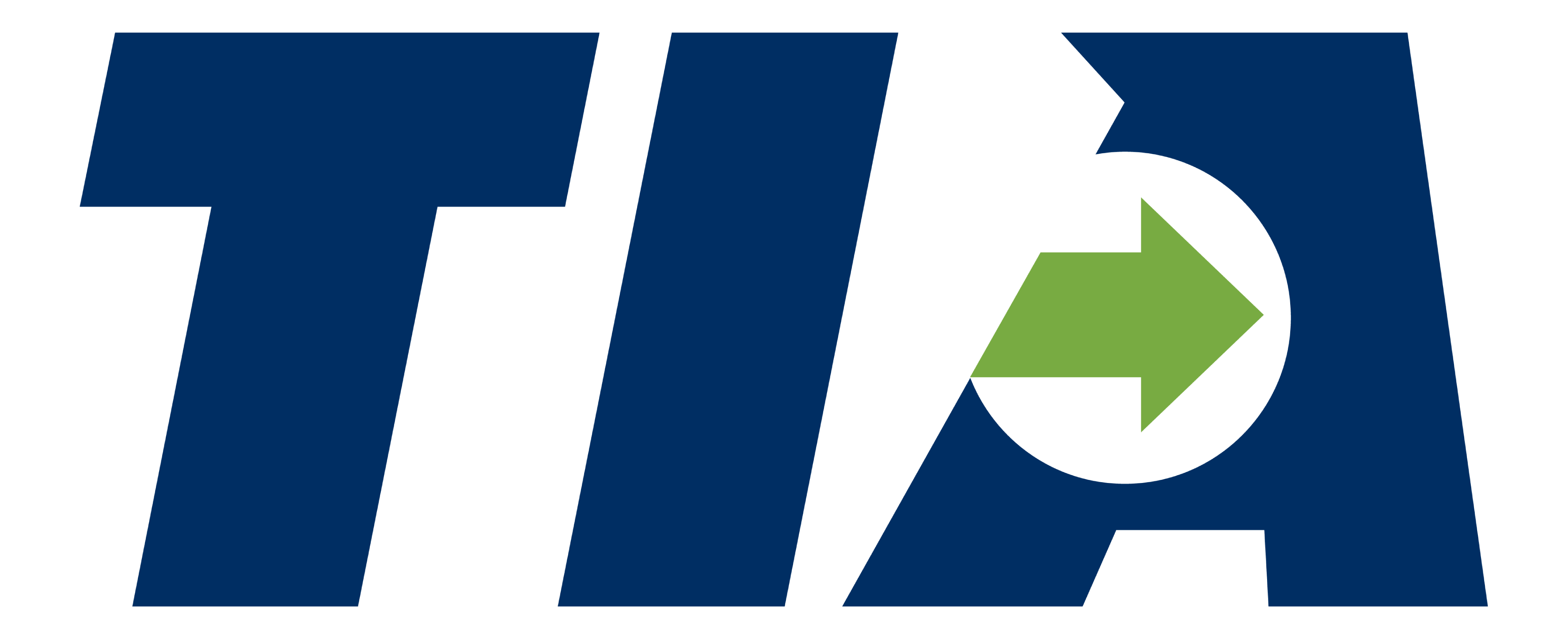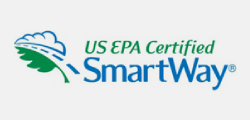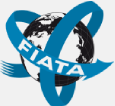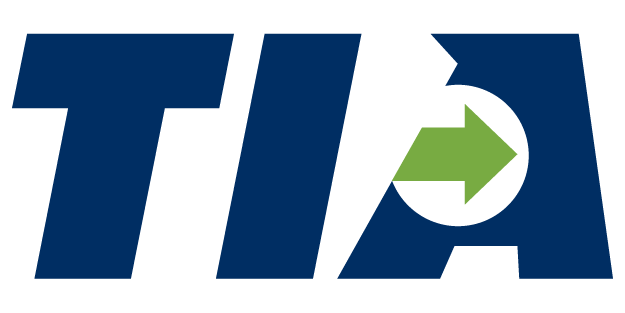Scott Marks | Government Affairs Manager | TIA
At Transportation Intermediaries Association (TIA), we are governed by a board of directors and guided by a number of educational Conferences and Committees which help us to develop best-in-class internal procedures and external positions. These Conferences guide our legislative efforts and priorities by developing the policy positions of the TIA.
One of my top focuses at TIA is coordinating and developing the Airfreight and International Conferences. As one can imagine, there are a number of Conferences in the space but the one I am enthusiastic to grow is the International Logistics Conference. Given TIA is the U.S. representative to the International Federation of Forwarders Associations (FIATA), this Conference has a huge potential for growth, and I am focused on expanding this Conference on two fronts: quantitatively and qualitatively.
I am constantly focused on encouraging TIA Members to be a part of the International Logistics Conference by connecting with them directly, through surveys and day-to-day activities. The Government Affairs team consistently works with TIA Members to discuss legislative issues and during these conversations, we encourage members to serve on the Conference or Committee of their choosing.
As we continue to strive to provide value to the TIA Members who serve on our Conferences and Committees and build the International Logistics Conference qualitatively, we are working to increase involvement from guest speakers and from the federal agencies that oversee the Conferences and Committees areas of focus. We are in the process of solidifying a guest speaker who is a lawyer focusing on United States Mexico Canada Agreement (USMCA) implementation, in addition to members of the Asociación de Operadores Logísticos de México (ALOM), which is Mexico’s version of TIA.
We are confident that an expert on USMCA implementation will be a great resource to the members of the International Conference. I envision a brief presentation by the subject matter expert followed by an open-ended question and answer session. I urge members to engage our guest speaker and bring thoughtful questions and comments. An expert like this can help bring more resources to our members’ international logistics team as our country begins to transition out of the North American Free Trade Agreement and into the USMCA—the recent trade deal negotiated by President Trump.
As for AOLM, the Mexican freight brokers association, we plan on engaging this organization and building a relationship for the future. I participated on a call TIA had with the organization’s leadership in May. These introductions have a way of building on themselves and becoming an invaluable connection when the proper occasion arises. We envision great synergies between TIA and AOLM down the road, as both organizations continue to build and grow their relationship.
The future is bright for TIA’s International Logistics Conference. It currently consists of more than 20 members and only continues to grow. I expect this will be a leading Conference within TIA, will be a beacon for policies and resources within the third-party logistics (3PL) industry, and a resource for the Congressional committees on Commerce, Transportation, Foreign Affairs and others. I look forward to bringing international issues to the forefront at TIA through growing our membership, hosting informative guest speakers and panel discussions, and utilizingTIA Members’ expertise on the issues facing the industry.
TIA continues to be the voice of the 3PL industry, representing over 1,800 member companies across North America. We are committed to expanding TIA’s network in the transportation industry and understand that requires focusing on freight that crosses borders. Our International Logistics Conference plays a key role in our expansion and will help us continue to learn, grow, and adapt to a new 21st century economy and supply chain.































